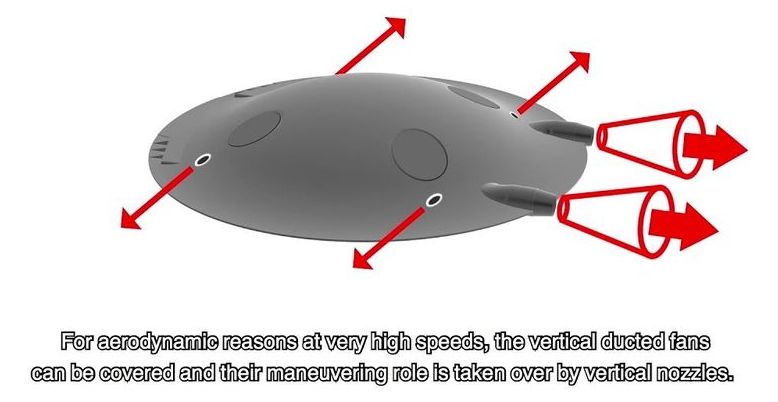Oct 22, 2019
The Military Discovered A Way To Boost Soldiers’ Memories, And We Tried It | Future You | NPR
Posted by Tanvir Ahmed in categories: military, neuroscience
https://www.youtube.com/watch?v=6nFhv-TUJNA&feature=share
Researchers have found that giving your brain an electrical stimulation while you sleep can lead to quicker learning and improved memory. Future You’s episode 6 explores what this will mean in 2050.
—————————————————–
















